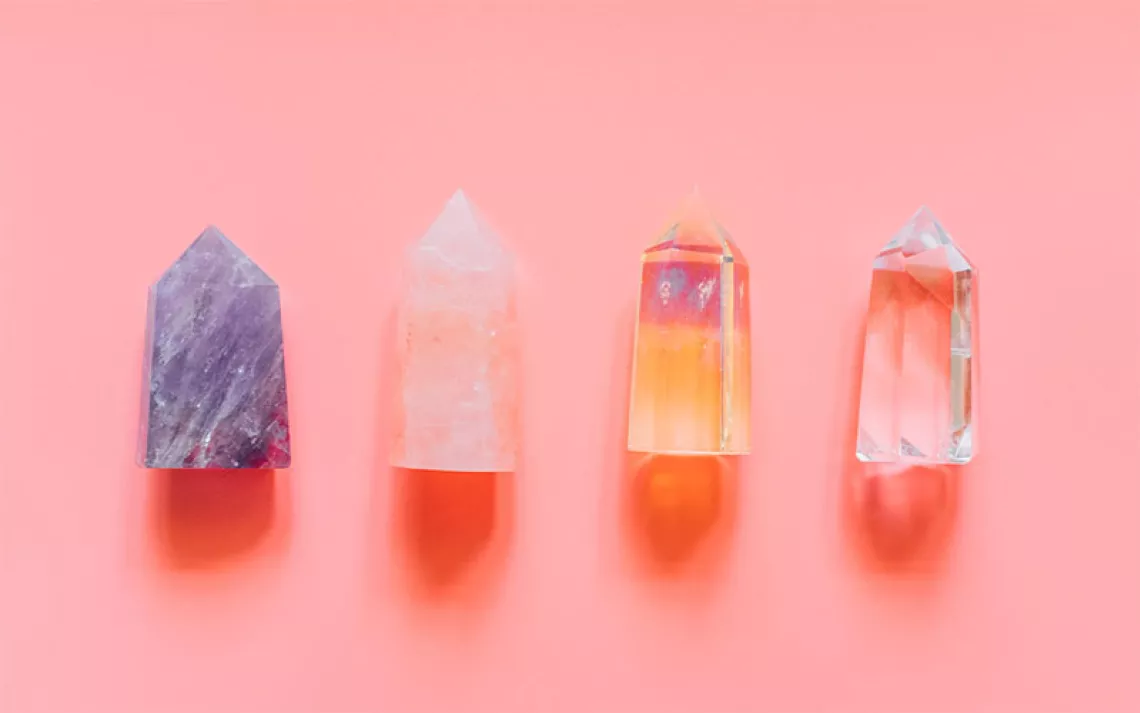One Backcountry Skier Reveals Her 11 Essential Items
Ski up ungroomed powder to earn that first summit view in style

Photo by D. Scott Clark/Tandem Stills+Motion
One great thing about backcountry downhill skiing is that it's free—you can skip the pricey lift tickets at overbuilt resorts. And while skiing unmarked, unpatrolled slopes does require some up-front investment, outdoor retailers are increasingly offering affordable used gear. Once you've slapped climbing skins onto your skis and slid up ungroomed powder to earn that first summit view, you might consider the initial outlay a bargain.

Sign up to receive Sierra News & Views
Get articles like this one sent directly to your inbox weekly.
With this action you affirm you want to receive Sierra Club communications and may vote on policy designated by the Sierra Club Board.

Do not underestimate the importance of finding the perfect backcountry boot. SCARPA's Gea and Maestrale boots (women's and men's, respectively) are medium in width and volume, affording beginners stability and flexibility. With their streamlined three-buckle design, plant-based shells, and cozy liners, the boots balance uphill comfort with downhill performance. $700, scarpa.com

There are backcountry skiers who have a quiver of skis, and there are backcountry skiers who stick to the VÖLKL VTA 98 skis. At approximately three pounds each, they're just heavy enough to handle the variety of conditions you'll encounter on the downhill, but they won't make the uphill more work than it needs to be. Mount the skis with DYNAFIT ST Rotation 10 bindings, which are neither the burliest nor the lightest but are solid and easy to use. Skis $700, voelkl.com; bindings $600, dynafit.com.

You'd never ski at a resort in anything as thin and breathable as OUTDOOR RESEARCH's Overdrive Convertible Gloves, but they're perfect for skinning. If the base knit gloves aren't quite warm enough, deploy the hidden water-resistant and windproof soft shell overmitts, which also protect your thumbs. $45, outdoorresearch.com.

GREGORY's Targhee 32 backpack is just the right size for a daylong ski tour. A zippered front pocket has sleeves for your probe, shovel blade, and shovel handle; the main compartment is accessed via a "U-zip" back panel. Both have oversize zipper pulls, so you can keep your gloves on. And an insulated hydration sleeve prevents your water from freezing on most days. $142, gregorypacks.com.

You don't want to sweat all the way up, and you don't want to get hypothermic on the way down. Enter STIO's Basis Power Wool Crew and Tights and OUTDOOR RESEARCH's Refuge Air Hooded Jacket. The former are stretchy, breathable, and quick-drying base layers. The latter, a mid layer, isn't as hot as some other jackets in the newish "active insulation" category. Crew and tights $109 each, stio.com; jacket $172, outdoorresearch.com.

Buying gear that you hope to never use is painful. Still, an avalanche transceiver (which helps rescuers find you if you get buried), a collapsible shovel, and a probe pole are the most essential pieces of backcountry safety gear. BLACK DIAMOND bundles its user-friendly Guide BT Avalanche Beacon, Evac 7 Shovel, and Quickdraw Tour Probe 320 in a package that costs $50 less than if you bought the items separately. $550, blackdiamondequipment.com.

You don't have to choose function over form with ARC'TERYX's Sentinel AR and Sabre AR pants (women's and men's, respectively), which are made from a three-layer Gore-Tex material and a brushed interior liner. Designed to fit comfortably loose (without being too baggy), they also have articulated knees and, for ventilation while skiing, dual side zips. The thigh pocket is big enough to hold an avalanche beacon. $500, arcteryx.com.

BLACK DIAMOND Ascension Nylon STS Skins offer great uphill traction with decent glide and an easy-to-use, adjustable tip-and-tail attachment system. Take care of the tacky glue that keeps these stuck to the base of the ski: Hang each skin to dry after a day out, and don't expose the bottoms to dirt or pine needles. Treat your skins right and they'll last for years. $165, blackdiamondequipment.com.
This article appeared in the January/February 2020 edition with the headline "Backcountry Ski Basics."
MORE ONLINE For backcountry-skiing tips, go to sc.org/backcountry-ski.
 The Magazine of The Sierra Club
The Magazine of The Sierra Club



